The war at home, a country in between pain and destruction
Bombs raining down on the cities
The bombing of Italy started the day after the declaration of war on France and Britain, but it became more intense in 1943 with the development of the situation in Africa. It was the RAF that initially damaged Italian regions, beginning with the military bases in Northern Africa and Malta.
Rome
Rome, as well as every other Italian city, was not spared and in particular the bombing of San Lorenzo should be recalled, a densely populated, central borough that was hit by devices that were meant for military facilities.
Milan
German resistance in Northern Italy and the creation of the Italian Social Republic implicated the continuation of bombings in all the regions, which did not spare civilian targets, as these photos by Publifoto agency testify, now in the Archivio Storico Intesa SanPaolo.
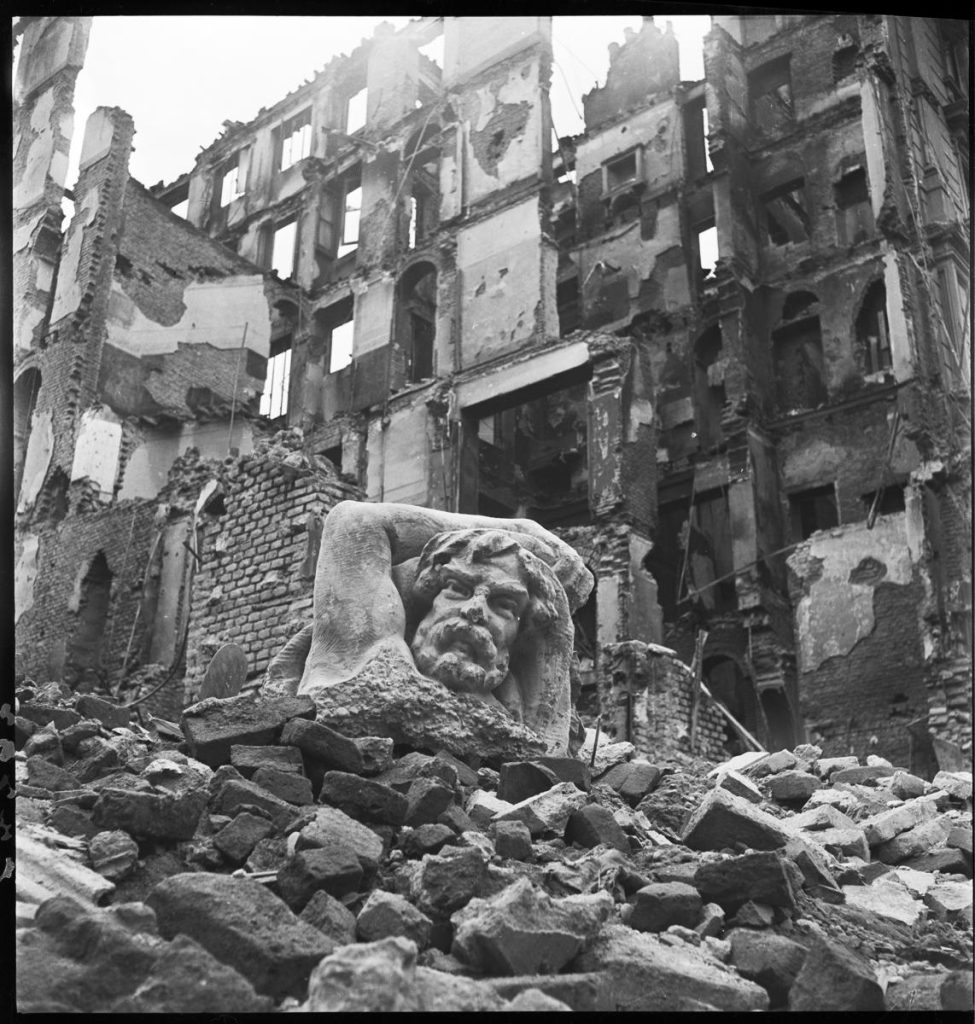
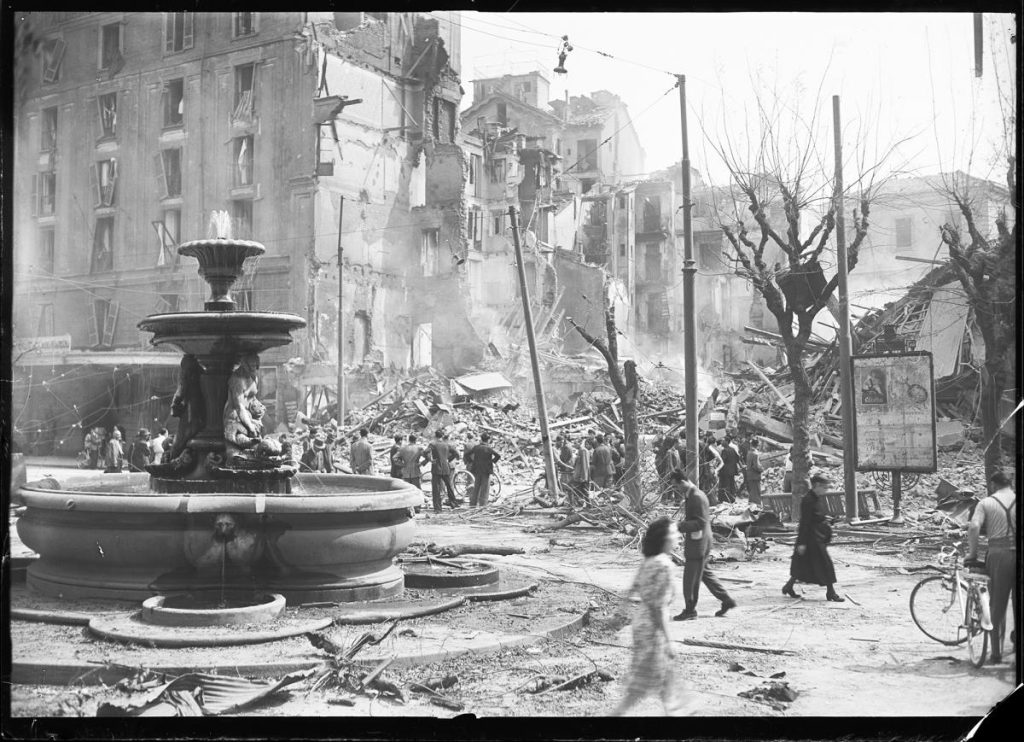
Attack on the industrial sector
Italian industries were firstly targeted by the Allies and then by the withdrawing Germans. Particularly industrial complexes and military installations were hit, but civilian populations weren’t spared, and this played a role in changing the perception of the war in most of the country.
The photos show the damage suffered by the Napoletana Gas facilities in Naples in March 1943. Attacks continued also afterwards and the destruction of the facilities was completed by the Germans that in October, prior to leaving the city in withdrawal, wrecked what was still intact.
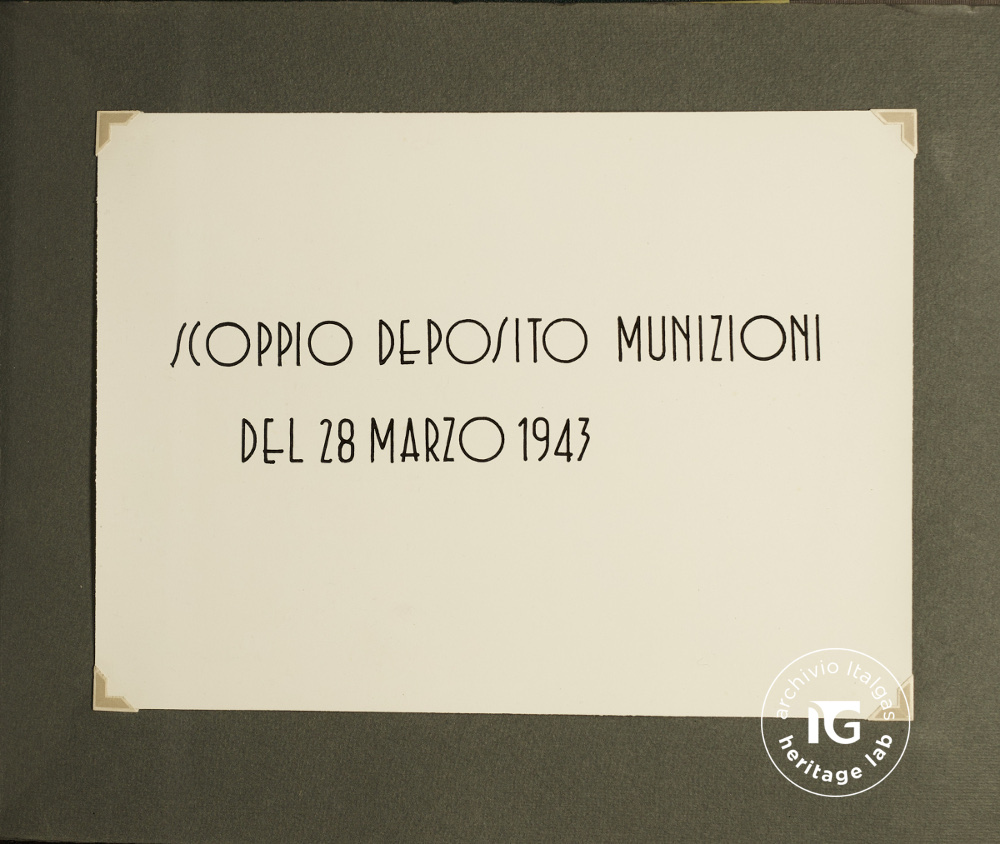
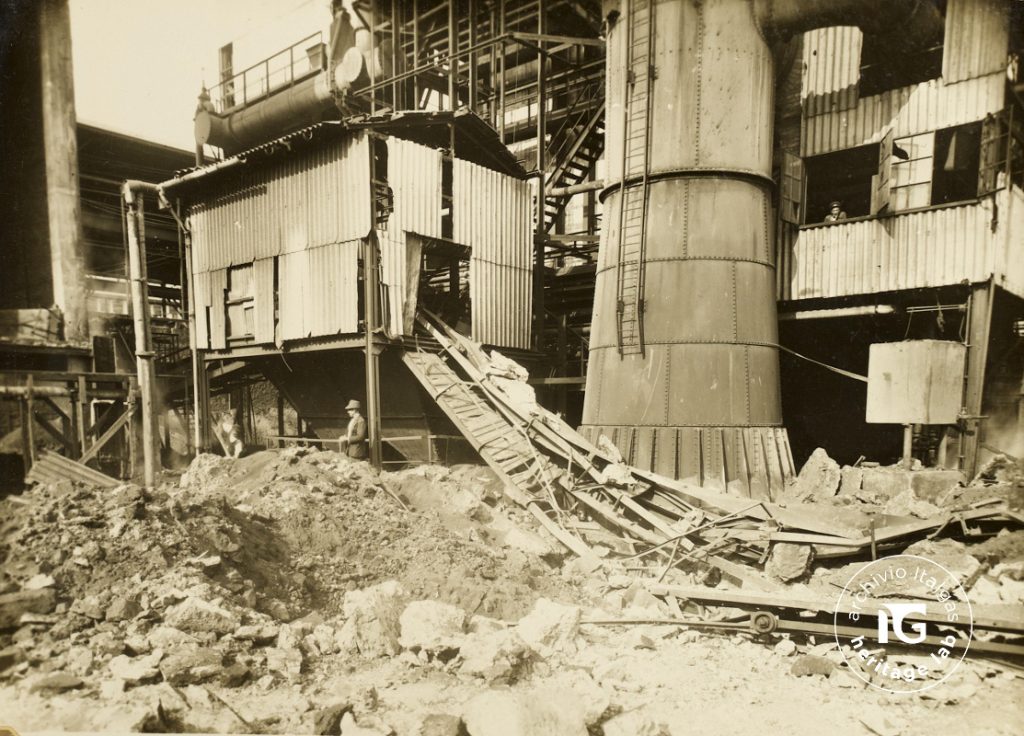
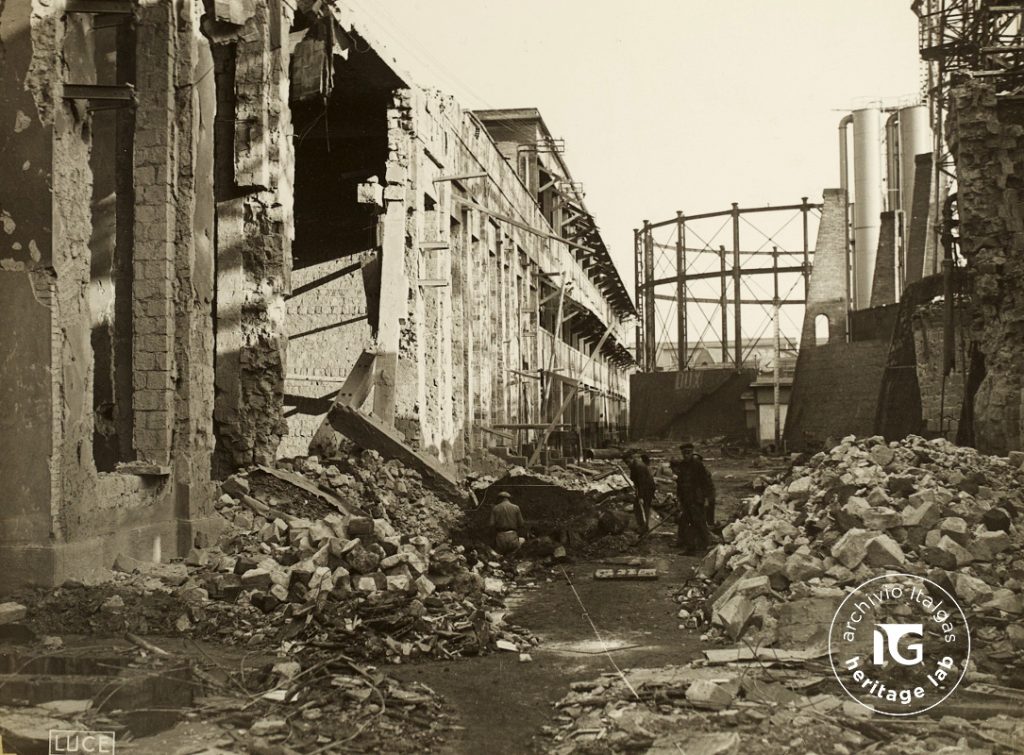
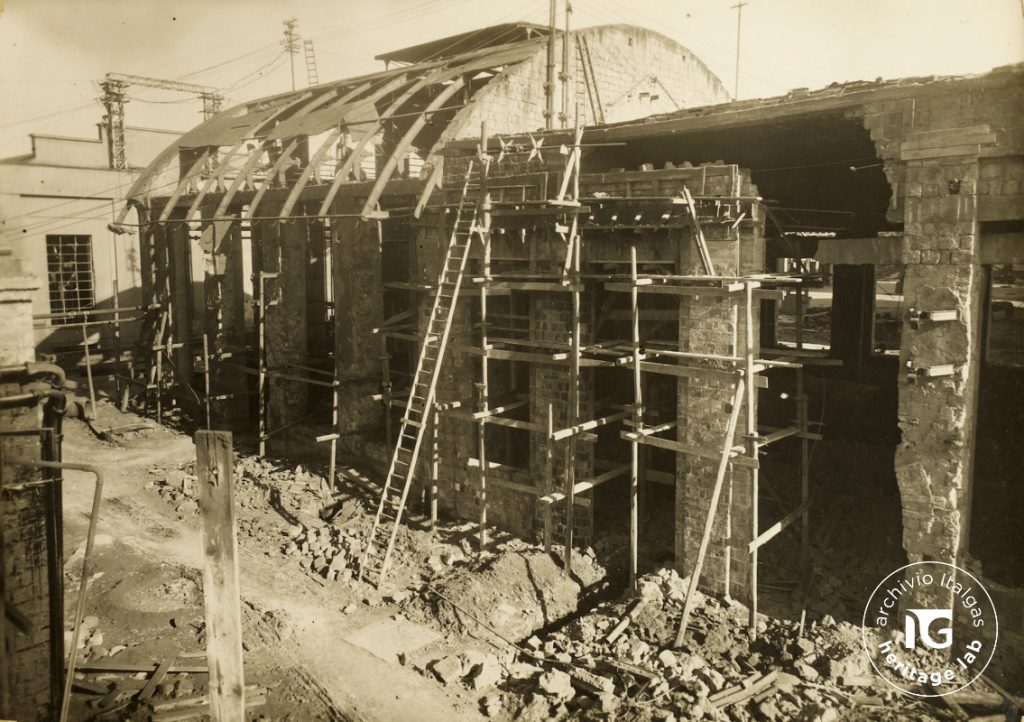
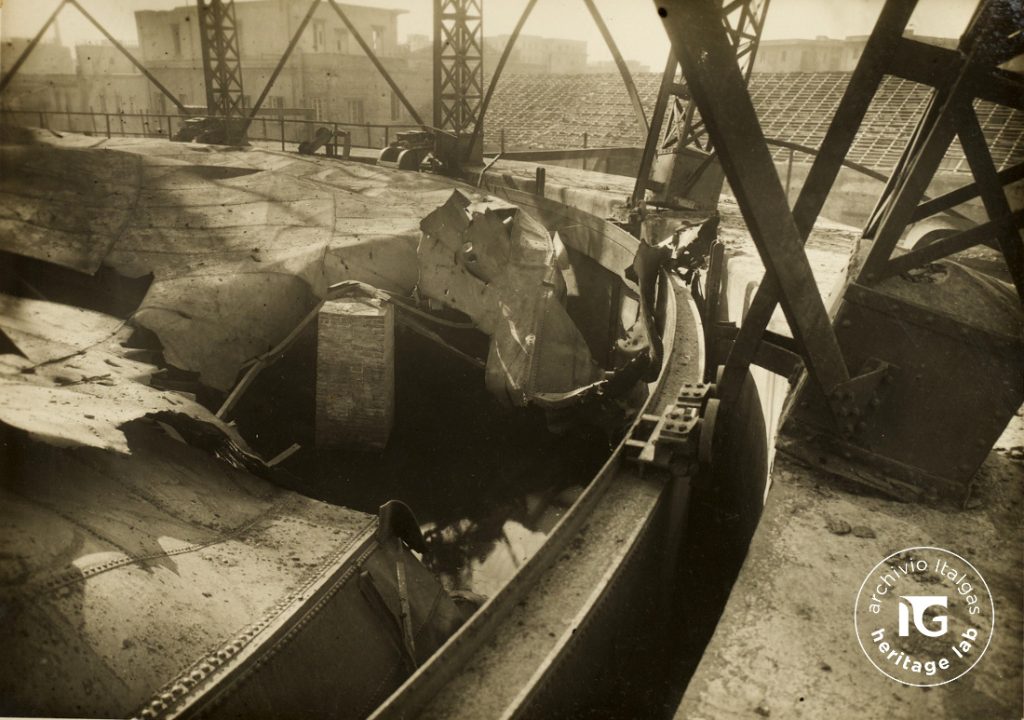
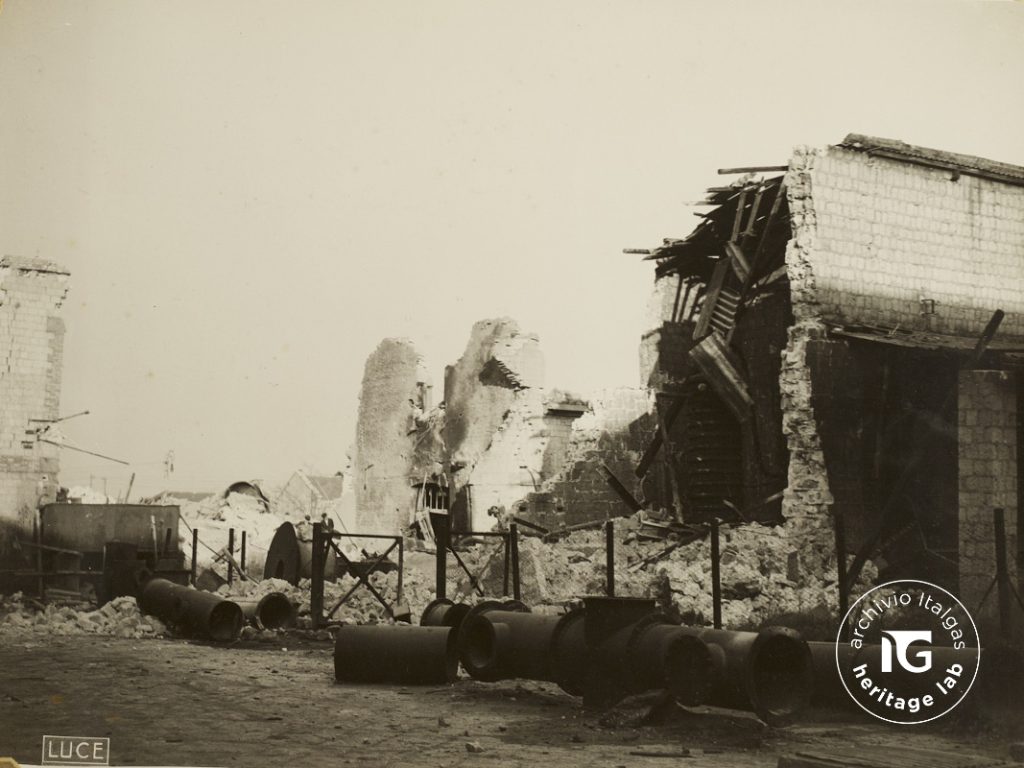
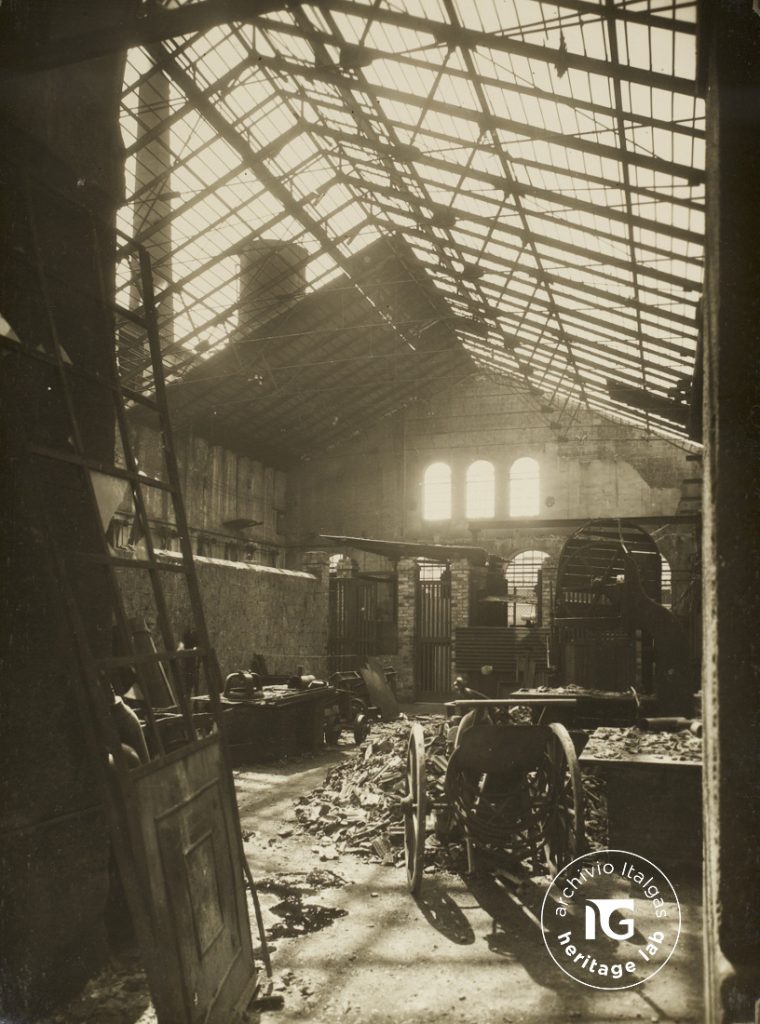
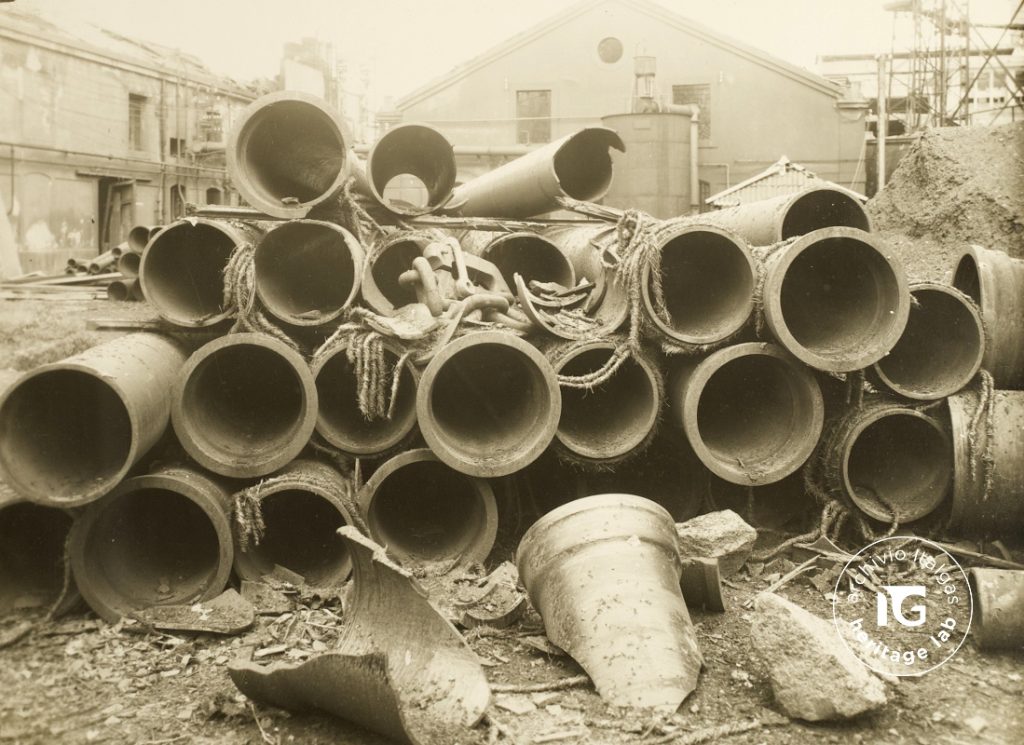
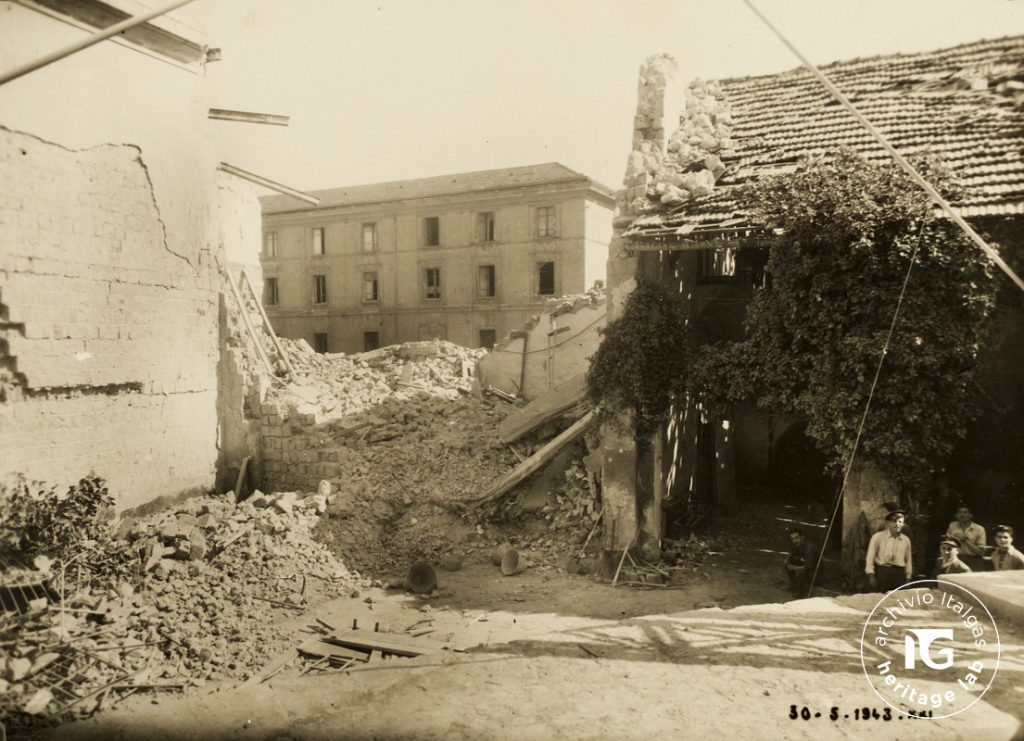
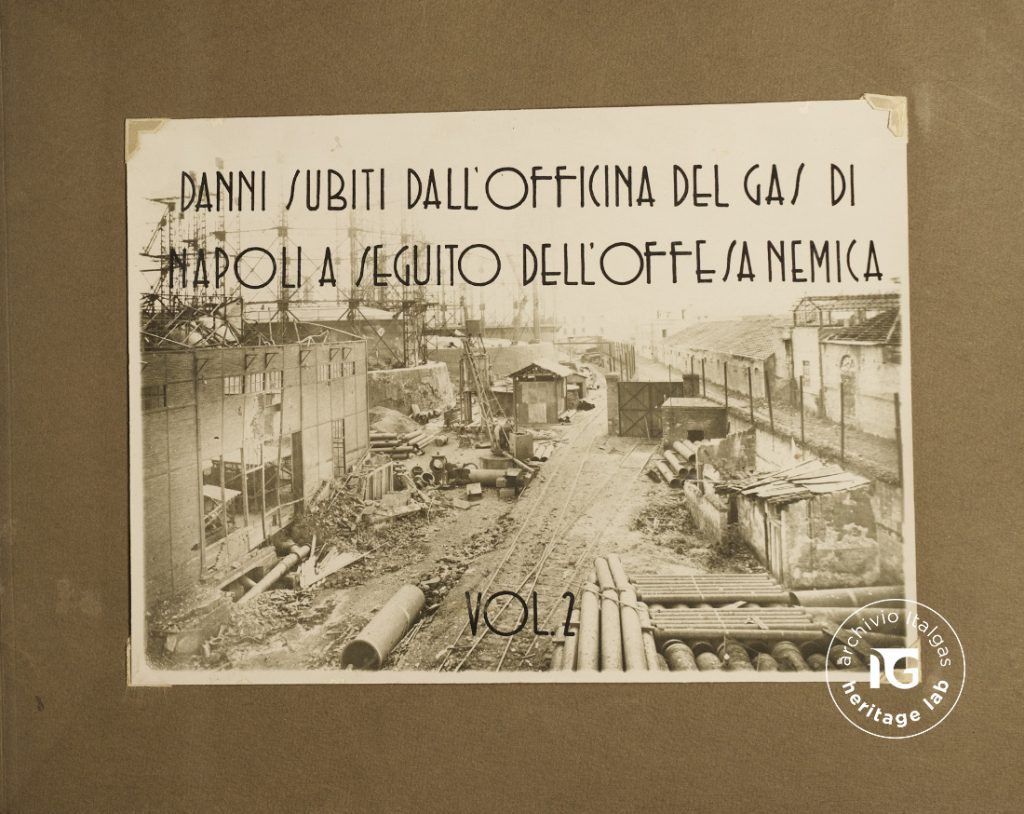
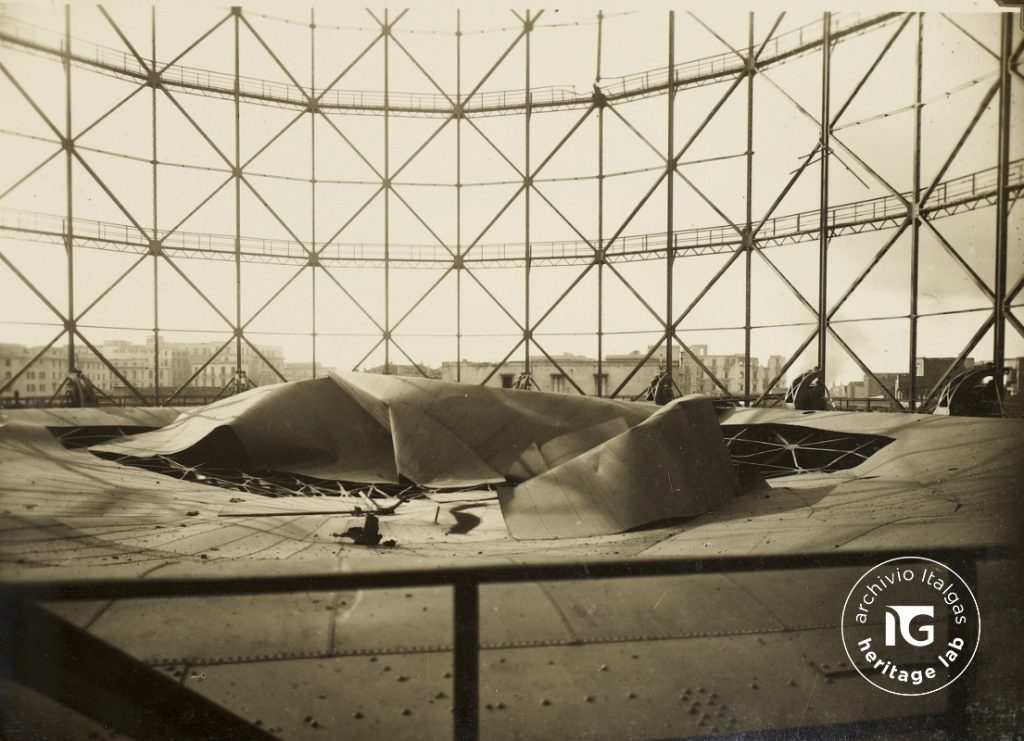
Children, the most helpless victims
Civilians faced the worst consequences, being defenceless at the mercy of attacks coming from the sky.
The video below, of which the Mubat association has requested digitisation from the IWM, shows the bombing of Buccino, a town on which the war has taken a heavy toll.
The RAF and the USAF mounted some film cameras under the airplanes cockpits to provide documentary evidence of their actions and the video refers to the bombing on 16 September 1943. During that operation 44 people died, including 10 children that were hit meanwhile they were enjoying a moment of leisure amid the war. The kids were playing football in the square in Buccino when the Allied airplanes arrived. Strafings with Escort fighters was even added to high level bombing. The cold documentary purpose of the video clashes with the bitter reality of the event.
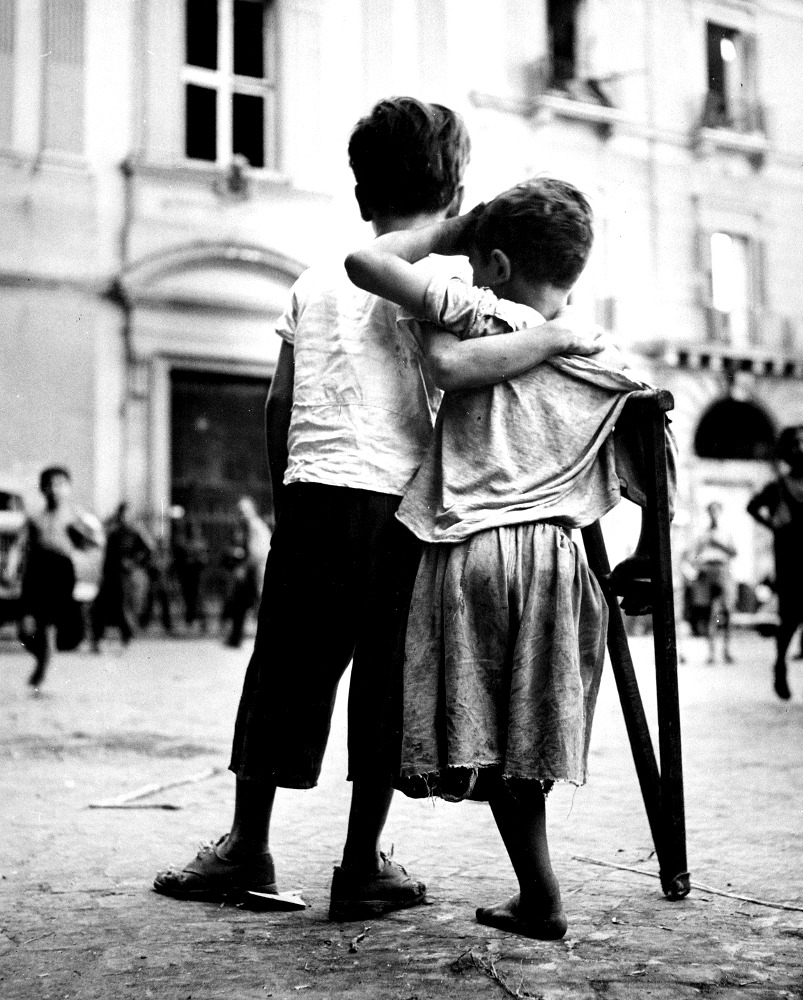
IWM – images shot on the 16 September 1943 by Pilot officer Wright aboard a bomber from RAF 223 Squadron that had taken off from the Cerbini base.
Bombings and clashes did not spare any city nor town in the province of Salerno. Apart from Buccino, where the Allies erroneously believed Germans to be, also Altavilla was heavily shelled, as well as Battipaglia, which was considered a critical target and therefore razed to the ground. In Vallo della Lucania too another bombing, whose origin is quite controversial, caused innocent kids to die in the Spio neighbourhood.
The Sele Plain turned into a huge battlefield, in which it was not always possible to understand from whose side the destruction might be brought about. Cities were abandoned by the people, who sought shelter in the most inaccessible areas, such as the caves in Olevano sul Tusciano, where thousands of displaces persons were hosted under precarious conditions.
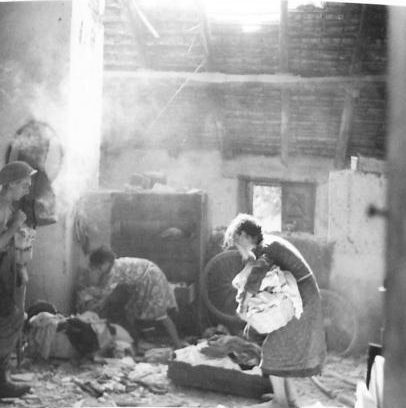

The destruction of the cultural heritage
Bombs didn’t even have mercy on the places designated for the preservation of cultural heritage. A relevant case was the fire that devastated all the Angevin Chancery’s records.
The ancient parchment and paper collections had been relocated during the war in the anti-aircraft depot of State Archives of Naples, located in San Paolo Belsito near Nola, a seat considered safer due to Allied bombings. On the 30 September 1943 a team of the withdrawing German army combat engineers set fire to the place, certainly not being unaware of the importance of those records.
As early as 1944 a “virtual” reconstruction project of the Archive was initiated thanks to Riccardo Filangieri and Jole Mazzoleni’s dedication, who mustered the scholars that had examined those papers before they were destroyed.
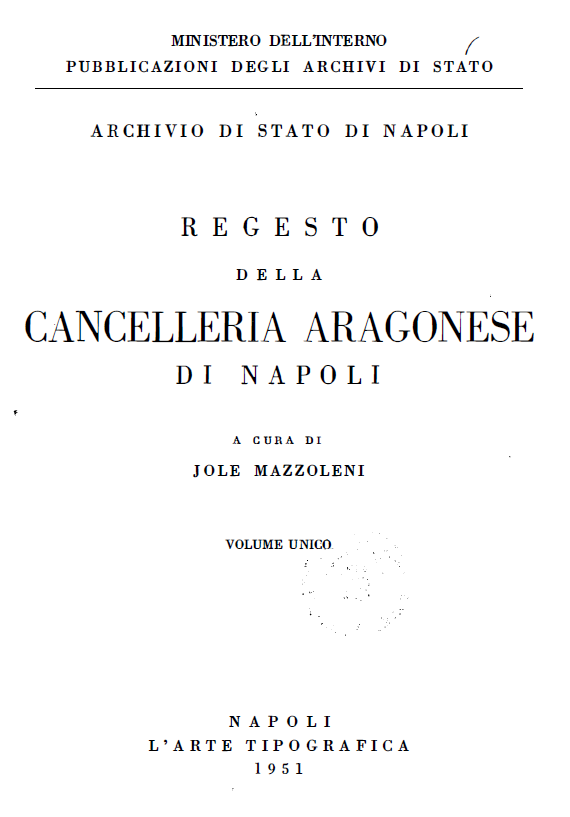
This massive project is still ongoing and it benefited from the contribution and the materials of many scholars in Naples and in every other location where it was possible to identify references to the destroyed documentation (archives of the Angevin reconstruction).

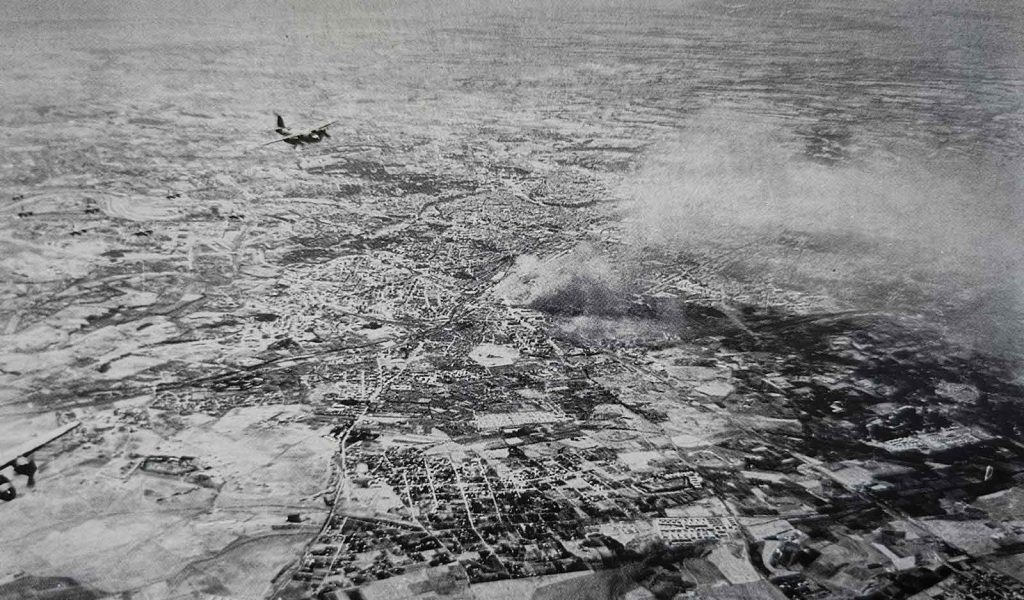
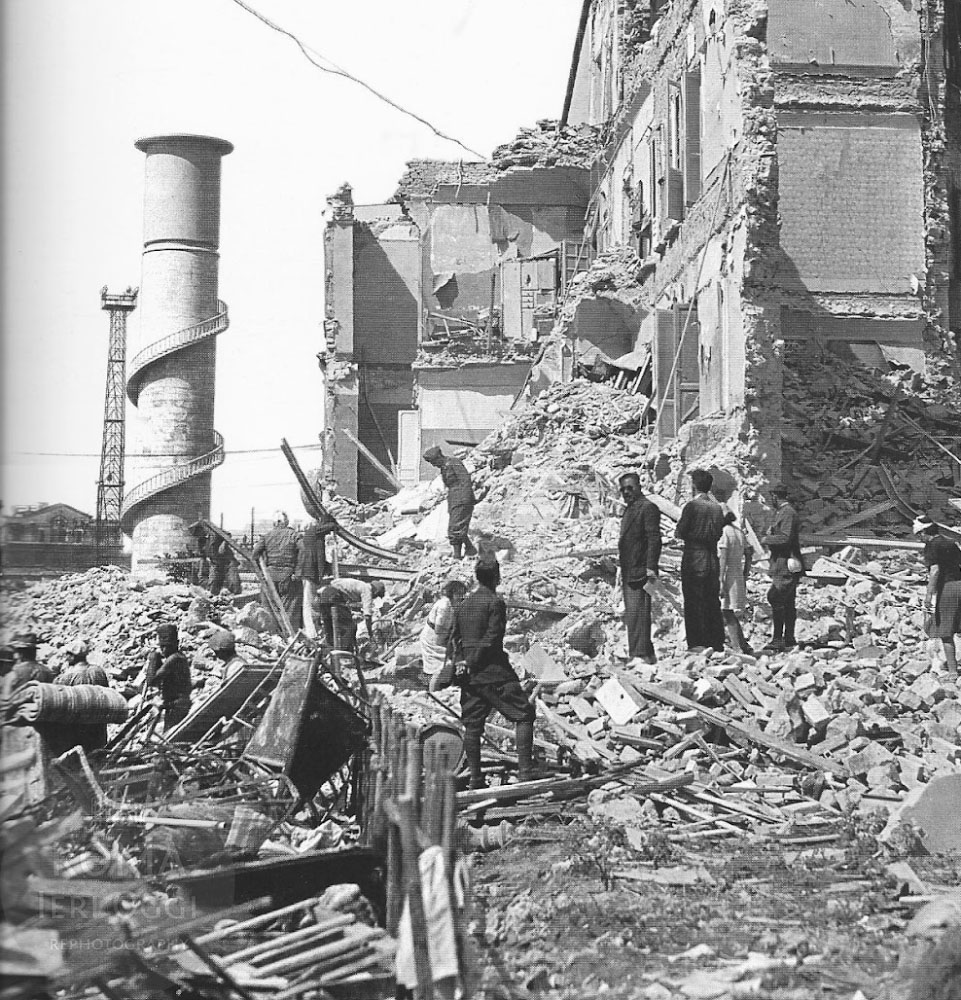
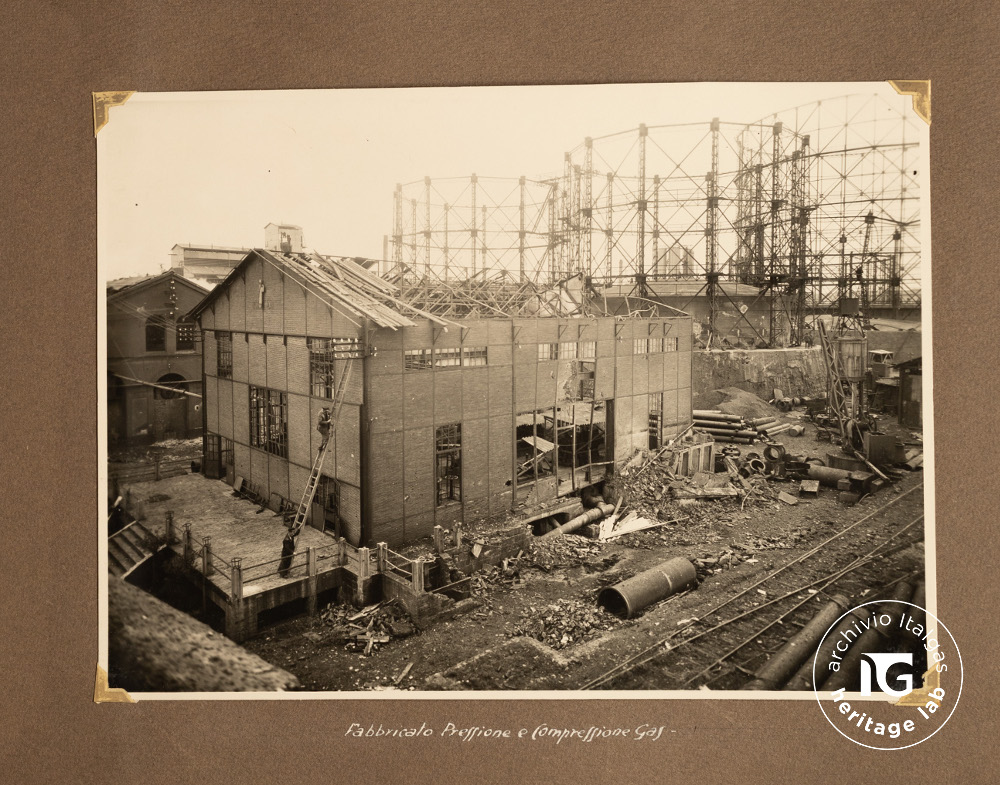



 Città di Battipaglia
Città di Battipaglia